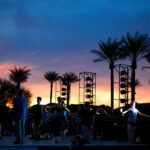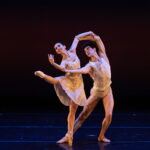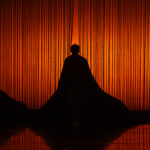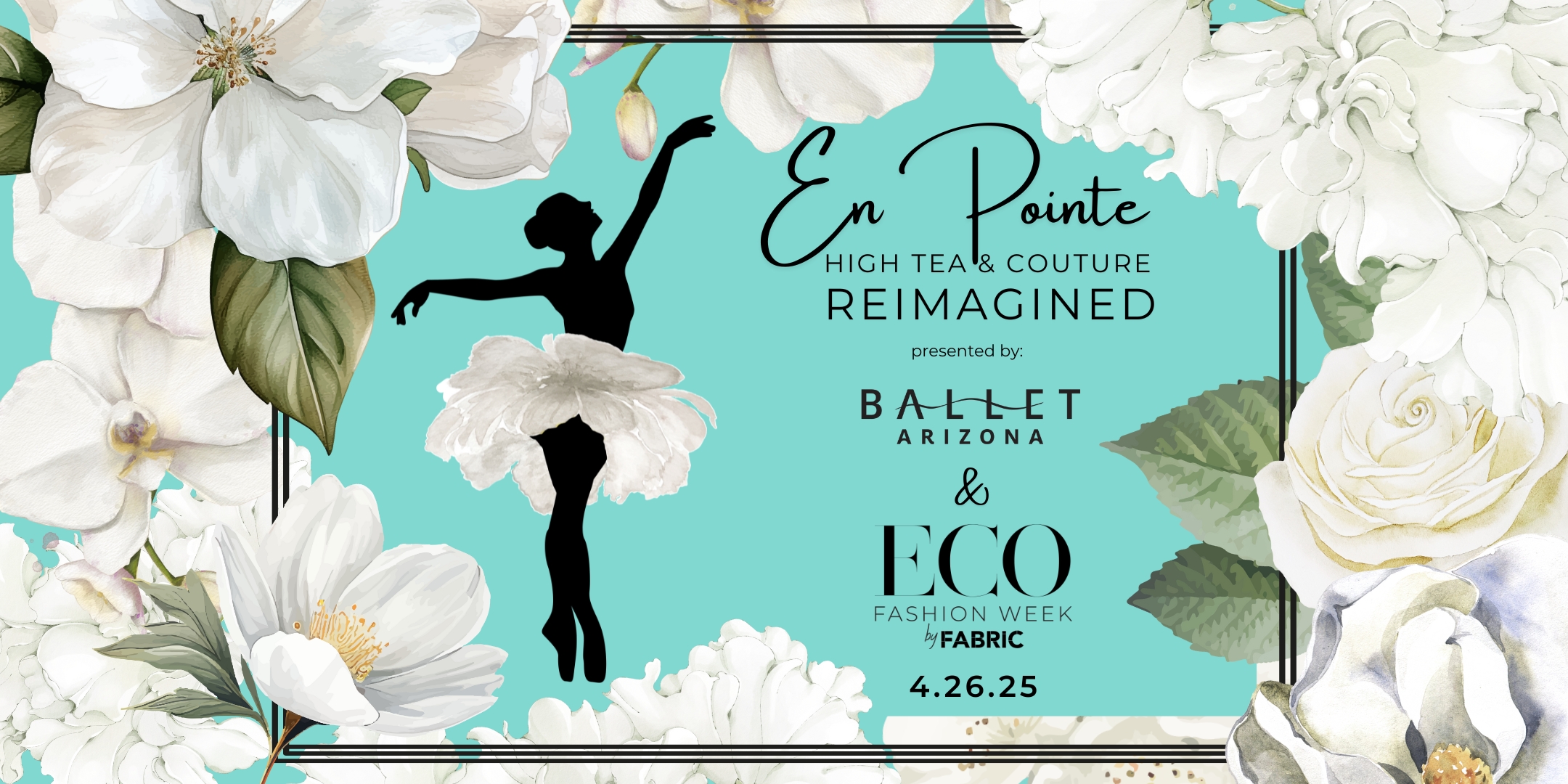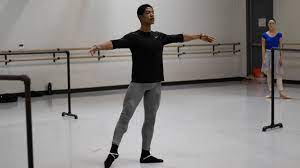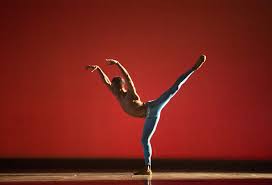Come see the world premiere of Ib Andersen’s new ballet “Rio” during Today’s Masters March 23-26, 2017 at the Orpheum Theater. Click here for more information.
Q: What is ballet to you?
To me, ballet is about nature in a big way. So what I bring to the plate is everything that I’ve done since I was born. I have a very raw interest in most everything. You can do almost anything with dance. It’s like painting a picture. Whatever you want to do you can do.
Q: What is Today’s Masters? Why is it a good production for those who have never been to the ballet?
A: This year, Today’s Masters features two new pieces that are being created as we speak. When you have two world premiere ballets, the production will of course be unique. It’s something that you can’t see anywhere else in Phoenix. If you don’t really know ballet, and may even be afraid of going to the ballet, this program is a good introduction. It has so much variety. You have one ballet that is more classical and then you have two ballets that are more modern.
Q: How does your new ballet differ from classical ballet or what you’ve done in the past?
A: Well, I’m doing a new ballet to Philip Glass’s Day and Nights in Rocinha. It’s based on Samba. Rocinha is the area in Rio de Janeiro where, at least according to what Philip Glass says, Samba originated. We have two guys in the company from Rio – Ricardo Santos and Helio Lima. So we actually have experts on not only the area but experts on what Samba actually is. When I want to know how to Samba, I ask those two. For me it’s a different ballet from what I’ve ever done before. Samba, and I think this music, is a very sexy dance. Maybe even a sexual dance. It’s an external as well as internal form of expression. I’m trying to touch on those aspects.
Q: What kind of energy does choreographing your own work give you?
Choreographing is always really, really hard. No matter what music you’re using. It’s all complicated. And it’s all difficult. I was supposed to have done a different piece than this, but I changed my mind at the last moment. The other music was much darker. I wasn’t in the frame of mind for dark. I found this music and was inspired. It is definitely more fun. The music has a certain energy.
The inspiration is the music and Samba. The structure of the music is almost like Maurice Ravel’s Boléro, which is a very famous piece. Though this one climbs for about 20 minutes and then it drops for three, in which Boléro climbs nonstop.
Q: Did you create this piece with a particular audience in mind?
No. I would say that it’s good for any audience. Young or old. You know human sexuality exists at any age. Dance, to a degree period, will always have an element of sexuality because it is so physical. With human beings, there is always sexuality. It’s always a part of what you see. In Samba it really comes out both subtly and overtly.


